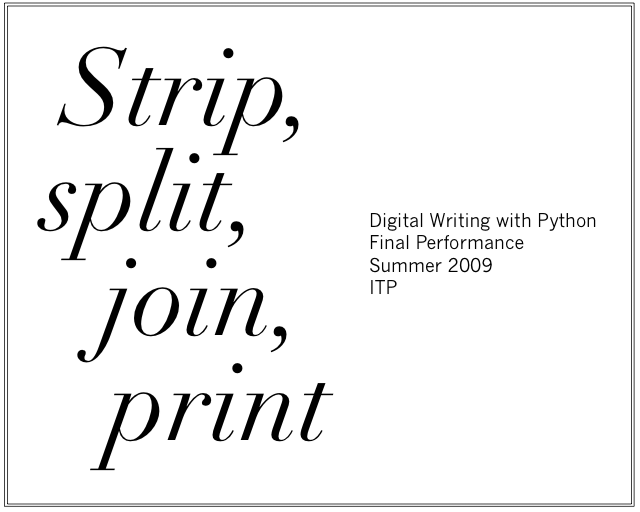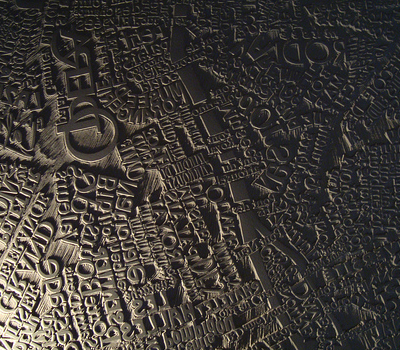Betraying the Protagonist, the latest Homer in Silicon column from Emily Short, discusses how fostering “the desire to precipitate a dramatic crisis” in a game is an effective way to get the player to take actions that go against the protagonist’s best interests. “Several things,” she says, “have to happen to create a context for such dramatic choices,” among them a “player/protagonist separation”:
The connection between protagonist and player has to be attenuated a little: I have to sympathize with my protagonist while at the same time not feeling that my fate is bound into his. My primary commitment has to be to the story, rather than to my avatar.
Short goes on to discuss one method for bringing about this kind of separation, specifically drawing examples from Treasures of a Slave Kingdom, which does so by “draw[ing] the protagonist as significantly less intelligent than the player”: “The text of the game frequently describes things in such terms that the player understands them better than the protagonist.”
I came away with two questions. First, this particular method—descriptions that the player gets, but the protagonist doesn’t—obviously works better with text, as Short points out. What other kinds of work can text do better than graphics in video games? The methods used in Treasures seems inescapably textual, and not easy to translate into graphical representation. Are there other game mechanics or dramatic tricks that absolutely require text?
Second, it strikes me that in most games, there is little or no coincidence between the player’s perception and the protagonist’s perception. (The exception would be first-person shooters, where an explicit attempt is made to conflate the two.) Take a typical 2D platformer, like Super Mario Bros. 2. What you see on the screen isn’t a representation (or even an approximation) of what Mario sees. Yet players still closely identify with the on-screen pixels they control: they say, “Whoops, I died!” not “Mario died, too bad.” Is it possible for “dramatic” actions to take place in this context?
One example I can think of, in Super Mario Bros. 2 (USA) specifically, is the level where the on-screen character under the player’s control (Mario, Luigi, Toad, or Peach), must take a flying leap down a chasm in order to access a secret area. (Another level offers a similar dilemma: a secret room is accessible only if the player lets their avatar sink deep into quicksand.) This action would normally lead to the character’s death, so it seems like this is an instance of the player “betraying” the protagonist—taking an action that would normally be against the protagonist’s interest. Yet the player takes this action in the context of trying to win the game. Is this an example of a “dramatic crisis”?





